A U.S. Navy P-8A Poseidon maritime patrol aircraft was intercepted by a Russian fighter over the Black Sea on August 27, with footage circulating online showing the aircraft’s AN/APS-154 Advanced Airborne Sensor.
The video, published by the Russian Telegram channel Fighterbomber, appears to provide one of the clearest views to date of the Poseidon’s AN/APS-154 Advanced Airborne Sensor (AAS) deployed below its fuselage during an operational mission.
The footage of the APS-154 extended in flight marks a rare public glimpse of a system usually kept concealed when the aircraft is on the ground, here it is.
Footage showing the interception of a U.S. Navy P-8A “Poseidon” Maritime Patrol and Surveillance Aircraft equipped with an AN/APS-154 Advanced Airborne Sensor (AAS) today off the coast of Crimea and Southern Russia in the Black Sea, by a fighter jet with the Russian Air Force. pic.twitter.com/i4nVwMwICz
— OSINTdefender (@sentdefender) August 27, 2025
Fighterbomber claimed the footage was recorded during an intercept on August 27, and open-source flight tracking confirmed that a U.S. Navy P-8 flew a four-hour surveillance mission over the Black Sea on that date.
Data collected through multilateration (MLAT) on civilian flight-tracking platforms showed the aircraft operating between Varna, Bulgaria, and Sochi, Russia, but remaining more than 50 nautical miles outside Russian airspace. The Poseidon launched from Naval Air Station Sigonella in Italy, where U.S. Navy P-8s are routinely deployed, and returned there after completing the mission.
The U.S. Navy has made regular use of the Poseidon in the region for intelligence, surveillance, and reconnaissance (ISR) missions in support of NATO monitoring.
The AN/APS-154 AAS, developed by Raytheon, is the successor to the AN/APS-149 Littoral Surveillance Radar System (LSRS) first fielded on P-3C Orions. The system consists of a double-sided active electronically scanned array (AESA) radar capable of near 360-degree coverage. It is designed for simultaneous moving target detection, high-resolution ground mapping, and maritime surveillance across littoral and deep-water environments.
The sensor provides synthetic aperture radar (SAR) and inverse synthetic aperture radar (ISAR) imaging, allowing operators to produce detailed radar “pictures” of ships and land targets regardless of weather or light conditions. Once a target is detected and classified, the P-8 can transmit targeting information across secure data links to other U.S. or allied platforms, potentially supporting strikes with long-range precision weapons such as Tomahawk or LRASM.
The system has been described as significantly enhancing the Poseidon’s intelligence-gathering role, with capabilities that in some respects exceed those of the U.S. Air Force’s retired E-8 JSTARS, due to its ability to monitor both sides of the aircraft simultaneously.
Analysts have also suggested that the radar may be able to detect submarine activity indirectly by observing faint disturbances left on the ocean surface.


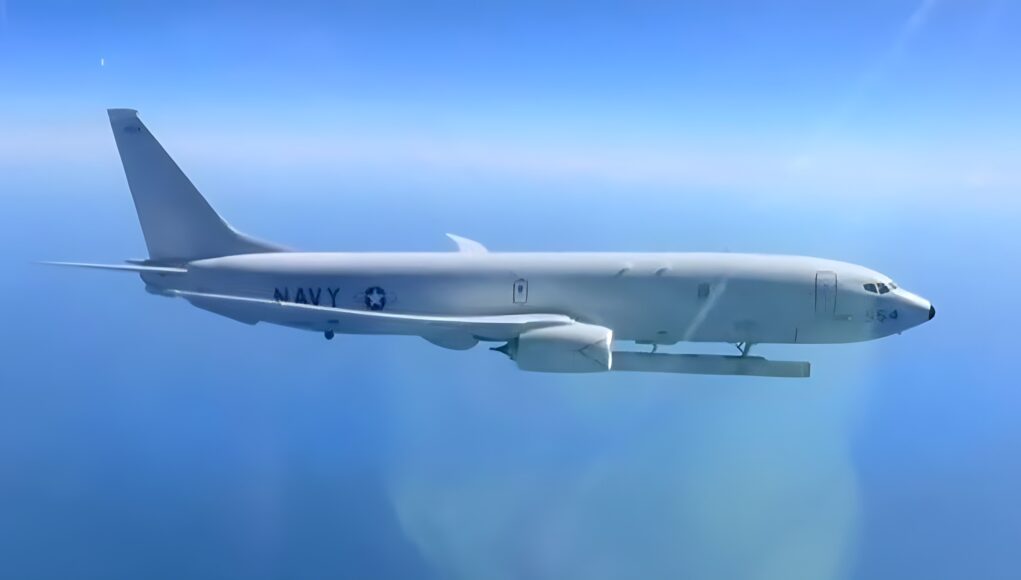
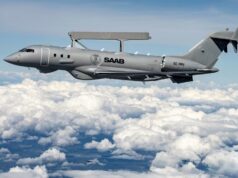


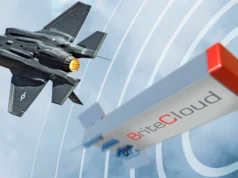
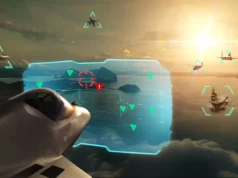
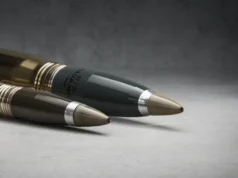
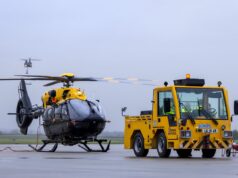

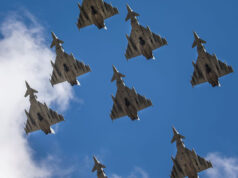


Does the AAS sensor extend down from the fuselage when in flight? I presume from the photo that is must retract closer to the lower fuselage for landing?
It retracts to avoid skid marks 🙃
https://www.globalsecurity.org/intell/systems/aas.htm#:~:text=The%20Special%20Mission%20Pod%20Deployment,jury%20strut%20and%20spring%20configuration.
Probably retracts so the top of the radar pod is as close as possible to the fuselage rather than into the fuselage itself. To fully retract you would have to cut open the fuselage again (bomb bay) and create a space for the radar to retract into. Towards the end of the video it looks as if the radar extends past the main wing spar structure and messing around with that is a serious and expensive undertaking. The article seems to suggest that it is a standard P-8 so no major modifications meaning the radar cannot be that far off the deck when on the ground or landing.
A collapsed nose wheel is going to be very expensive…
Cheers CR
Thanks for the info
No friendly escort? After what went on with our aircraft I would have thought it would be standard!
Sentinel capability with on board analysis? Obviously more capable than anything Global Hawk can do otherwise why bother?
Is this the radar that has been suggested could be used on P8 and Protector to replace the cut Sentinel capability?
Yeah, it can see the metal on rifles being carried from 100’s of km away. It’s a crazy piece of kit.